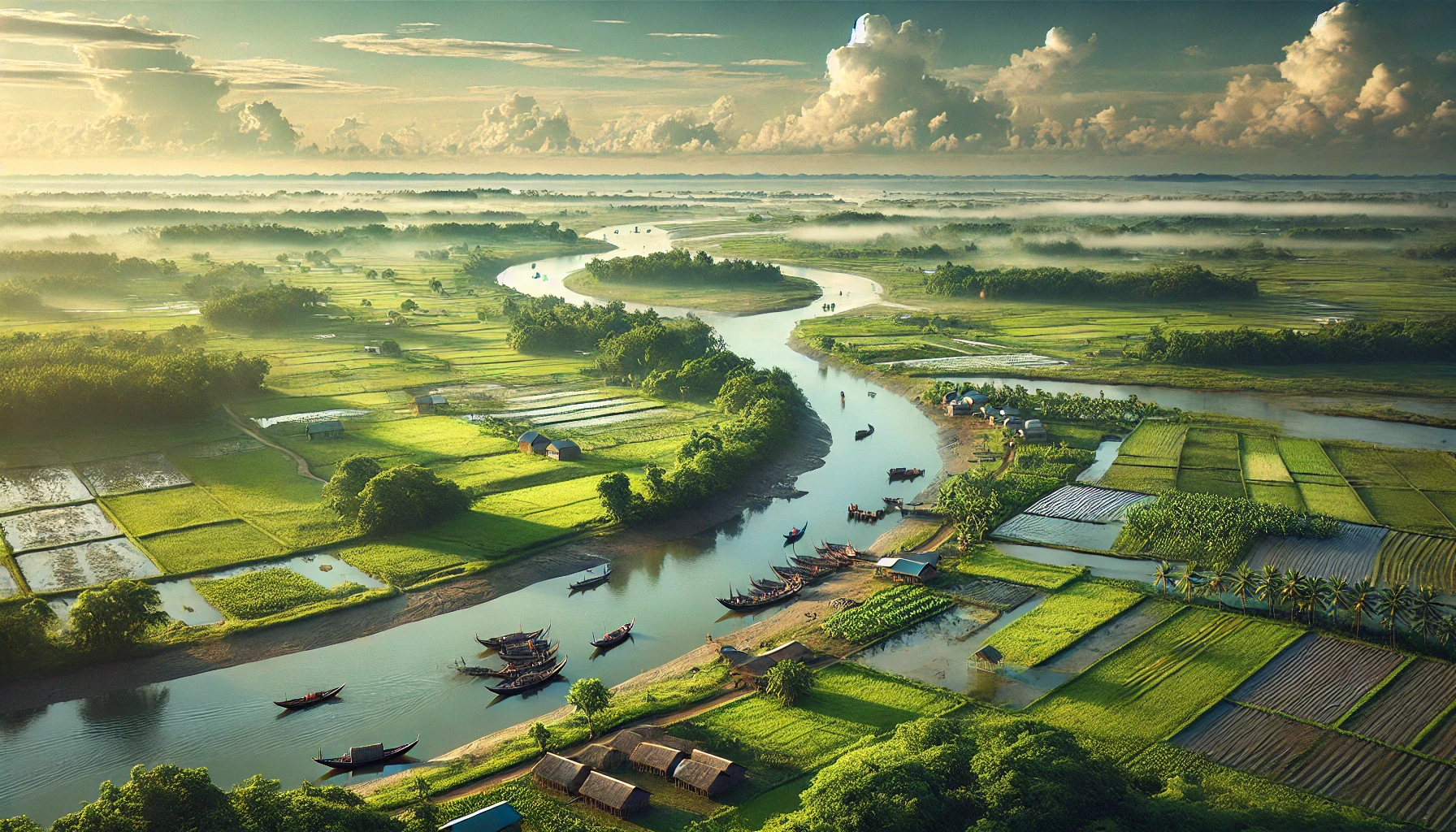Nestled in the heart of Bangladesh, Cumilla is a district rich in history, culture, and scenic beauty. Known as a center of ancient Buddhist civilization and modern industrial growth, Cumilla stands out as a unique blend of the old and the new. With its archaeological treasures, vibrant festivals, and breathtaking landscapes, Cumilla is an essential destination for travelers and history enthusiasts alike.
Historical Legacy of Cumilla
Cumilla has a history that dates back thousands of years. It served as a hub of Buddhist culture during the reigns of the Mauryan and Gupta Empires. The district is renowned for its Mainamati-Lalmai hills, which hold the remnants of an ancient Buddhist civilization. These archaeological treasures are of great significance, drawing researchers and tourists from around the globe.
Key Historical Sites:
Mainamati Ruins:
This vast archaeological site comprises monasteries, stupas, and relics from the 7th to 13th centuries. It is a testament to the area’s significance as a spiritual and cultural center during the early medieval period.
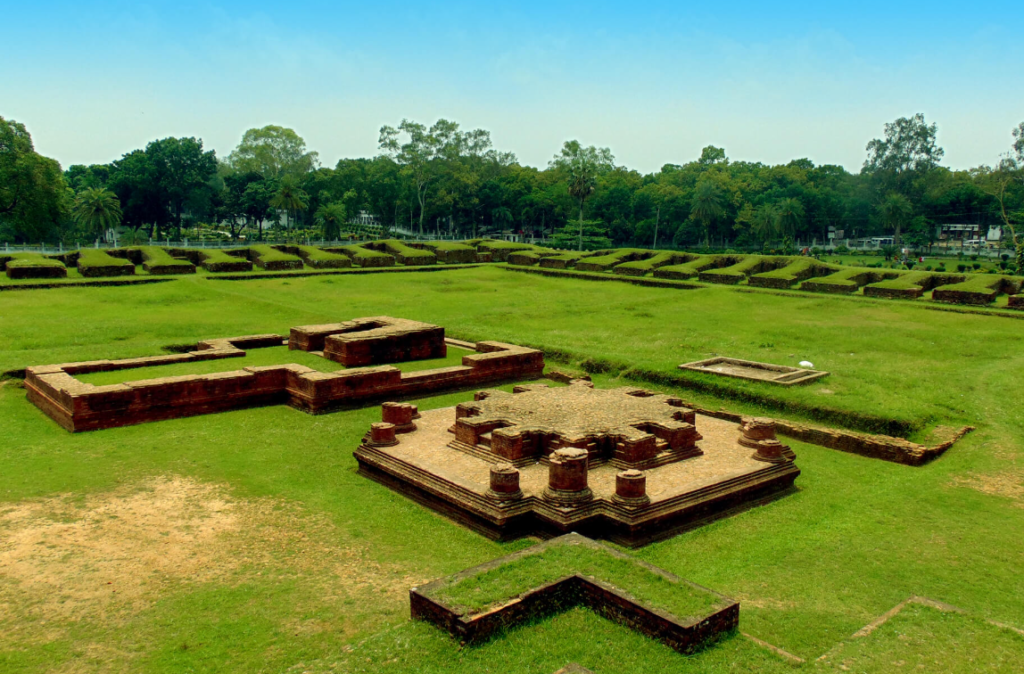
Shalban Vihara:
Once a flourishing Buddhist monastery, Shalban Vihara now stands as a well-preserved symbol of Cumilla’s historical prominence. The site includes 115 cells, a central courtyard, and a prayer hall.
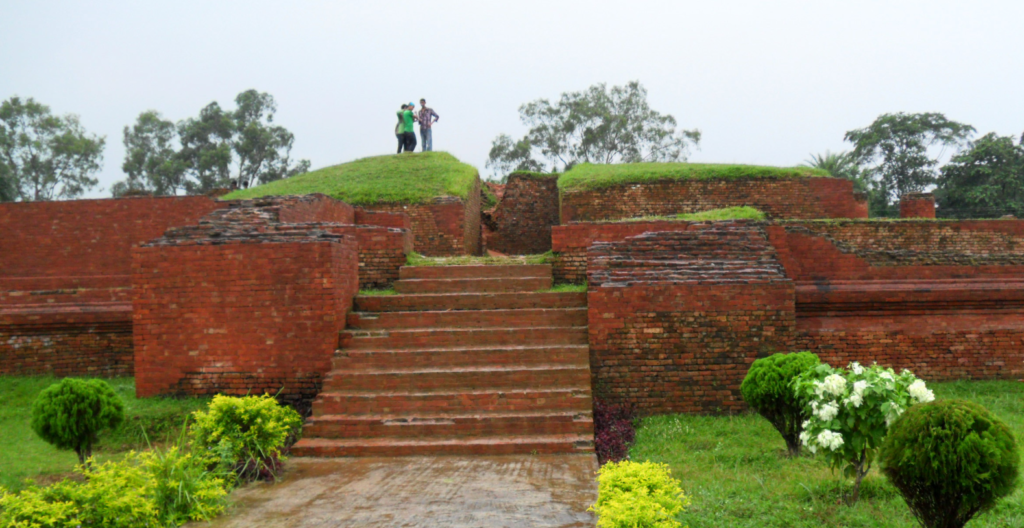
Mainamati Museum:
Located near the Shalban Vihara, this museum houses over 1,500 artifacts, including terracotta plaques, stone sculptures, coins, and inscriptions.

Cumilla War Cemetery:
Established during World War II, this cemetery is the final resting place for more than 700 soldiers of the Allied Forces. It is a place of solemn beauty and historical significance.
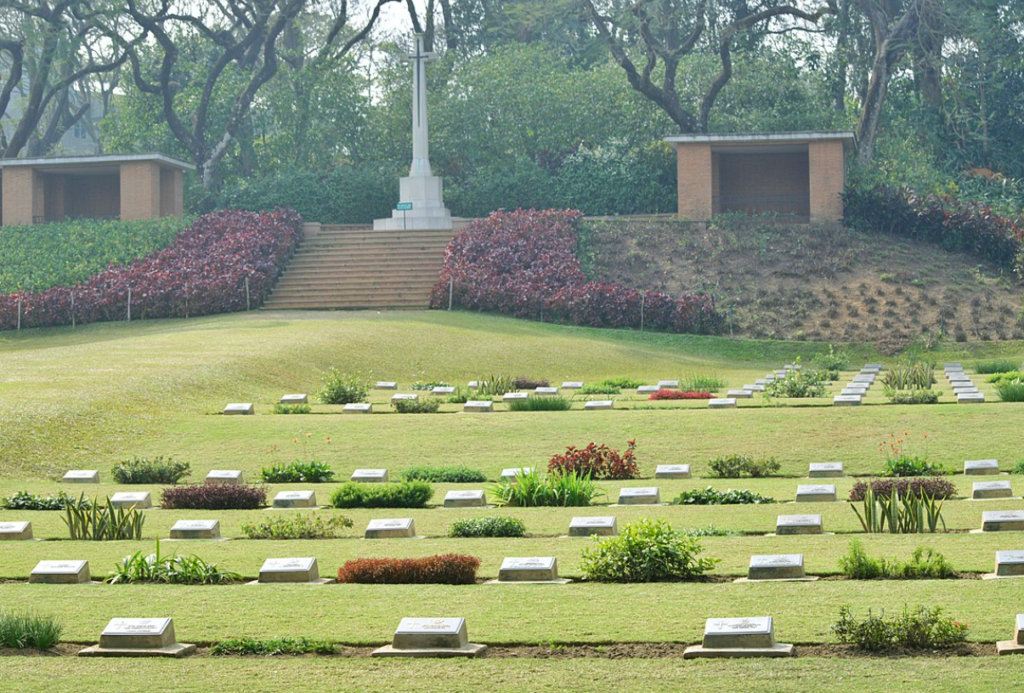
The Upazilas of Cumilla
Cumilla is divided into 17 upazilas, each contributing its unique features to the district’s identity. These upazilas form the backbone of Cumilla’s administrative and cultural framework:
- Cumilla Sadar: The district’s central hub, home to historic sites like Dharmasagar Dighi and the Cumilla War Cemetery.
- Cumilla Sadar Dakshin: Known for its vibrant markets and growing urbanization.
- Daudkandi: Renowned for its fisheries and the Meghna-Gumti Bridge, a vital transport link.
- Debidwar: A region with scenic beauty and ancient relics.
- Barura: A hub of agriculture and traditional pottery.
- Muradnagar: Famous for its cultural events and agricultural contributions.
- Titas: Known for its serene riverside landscapes.
- Homna: A peaceful area surrounded by greenery and water bodies.
- Brahmanpara: A center for small-scale industries and traditional crafts.
- Laksam: A commercial hub with a rich cultural heritage.
- Monohorgonj: Famous for its local fairs and festivals.
- Nangalkot: A picturesque area with lush greenery and rolling hills.
- Meghna: Named after the mighty Meghna River, offering stunning natural views.
- Chandina: Known for its ancient mosques and cultural diversity.
- Chauddagram: A historically significant upazila with natural beauty.
- Langalkot: Rich in history and known for its religious tolerance.
- Burichong: A serene region, home to peaceful villages and natural landscapes.
Natural Wonders of Cumilla
Cumilla’s natural beauty adds to its charm, with lush green hills, serene rivers, and tranquil rural landscapes. The district is bisected by the Gumti River, which has long been a lifeline for the local communities.
Notable Natural Attractions:
Lalmai Hills:
These low hills offer picturesque views and are perfect for trekking and quiet reflection. The area is dotted with ancient relics and is steeped in history.
Maynamati Lake:
A tranquil spot, the lake provides a refreshing escape with options for boating and picnicking.
Rupban Mura and Kotila Mura:
These two archaeological sites are located amidst scenic landscapes, offering a combination of history and natural beauty.
Cumilla: A Cultural Hub
Cumilla has a thriving cultural scene, deeply rooted in traditions and enriched by its diverse population. The district celebrates numerous festivals and is known for its contributions to music, art, and literature.
Cultural Highlights:
- Ras Mela:
One of the largest Hindu festivals in Bangladesh, the Ras Mela is a vibrant celebration that attracts people from all walks of life. - Traditional Handicrafts:
Cumilla is famous for its pottery, weaving, and intricate bamboo and cane products. These crafts are a testament to the district’s artisanal legacy. - Rosh Malai:
No mention of Cumilla is complete without its iconic sweet, Rosh Malai. Known for its creamy texture and rich flavor, it has earned a reputation as one of the finest desserts in Bangladesh.
Economic Importance
Cumilla plays a crucial role in the country’s economic landscape. The district is home to one of the largest Export Processing Zones (EPZs) in Bangladesh, contributing significantly to industrial growth and employment. Its strategic location along the Dhaka-Chattogram Highway further enhances its importance as a commercial hub.
Educational Institutions
Cumilla is also a center for education and intellectual growth. Institutions like Cumilla University and Victoria College have been instrumental in shaping the academic landscape of the district.
Famous Personalities from Cumilla
Cumilla has been the birthplace of many influential figures who have left a lasting impact on the nation.
- Kazi Nazrul Islam:
The national poet of Bangladesh, known as the “Rebel Poet,” spent significant time in Cumilla. His contributions to Bengali literature and music remain unparalleled. - Begum Sufia Kamal:
A celebrated poet and social activist, she was an advocate for women’s rights and cultural preservation. - Comrade Moni Singh:
A prominent leader of the leftist movement in Bangladesh and a freedom fighter.
Modern Attractions
Beyond its historical and natural wonders, Cumilla also boasts modern landmarks and attractions:
- Cumilla Town Hall:
A colonial-era building that now serves as a cultural center and venue for events. - Dharmasagar Dighi:
One of the largest and oldest water reservoirs in Bangladesh, it is a popular spot for relaxation and recreation.
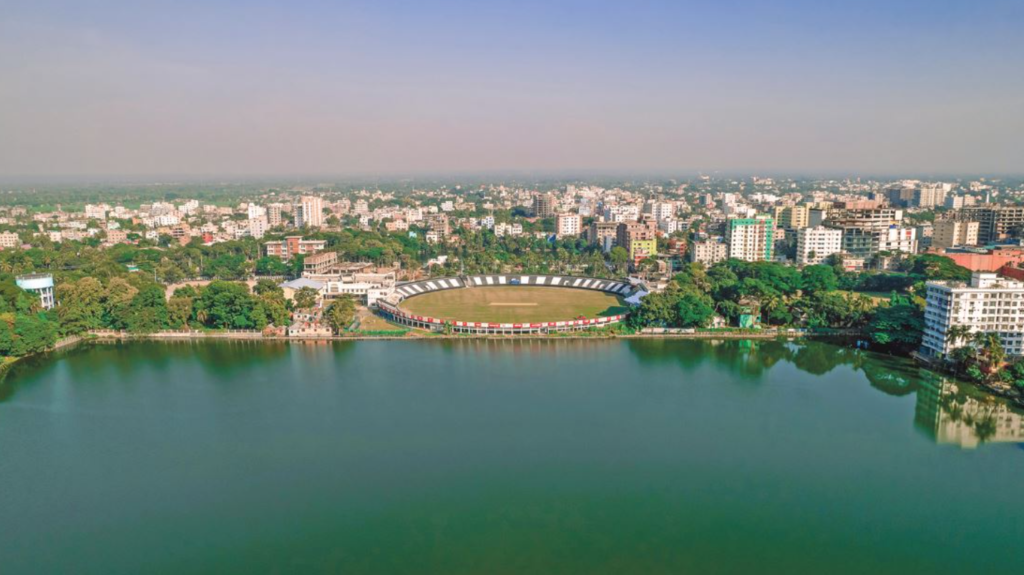
Tourism and Hospitality
Cumilla is well-equipped to welcome visitors, with a range of accommodations and dining options. From boutique hotels to street food vendors, there’s something for every traveler. Authentic Bangladeshi dishes, especially local specialties like Rosh Malai, make the culinary experience unforgettable.
Conclusion
Cumilla is more than just a district—it is a mosaic of history, culture, and nature. From the ancient relics of Mainamati to the bustling modern EPZs, Cumilla seamlessly combines its rich past with a promising future. Whether you’re an adventurer, a historian, or someone seeking tranquility, Cumilla offers a diverse and enriching experience.




